


The New Year is coming… If you're reading this text while buying presents, thinking about festive sales and listening to Last Christmas, feel free to skip it. But if you'd like to know how science and technology made everything we have for this holiday, there you go.
Shall we begin with the fact that the New Year is all about agreements? At different times in different cultures, this day was celebrated on a variety of dates. However, if we talk about the so-called astronomical New Year, it most likely happens on December 22.
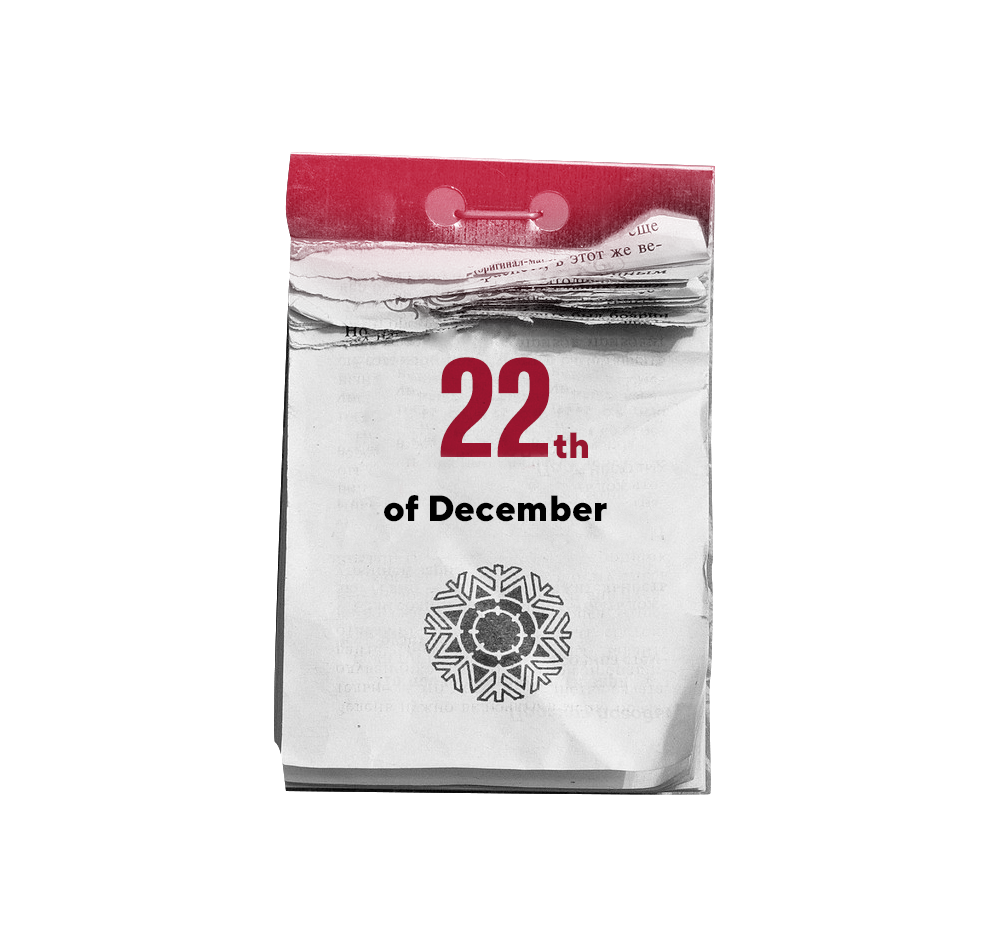
This is the day when the nights get shorter and the days longer in our hemisphere, (in southern one it happens vice versa).

Here's one more interesting fact about agreements: they were also made about the time zones.
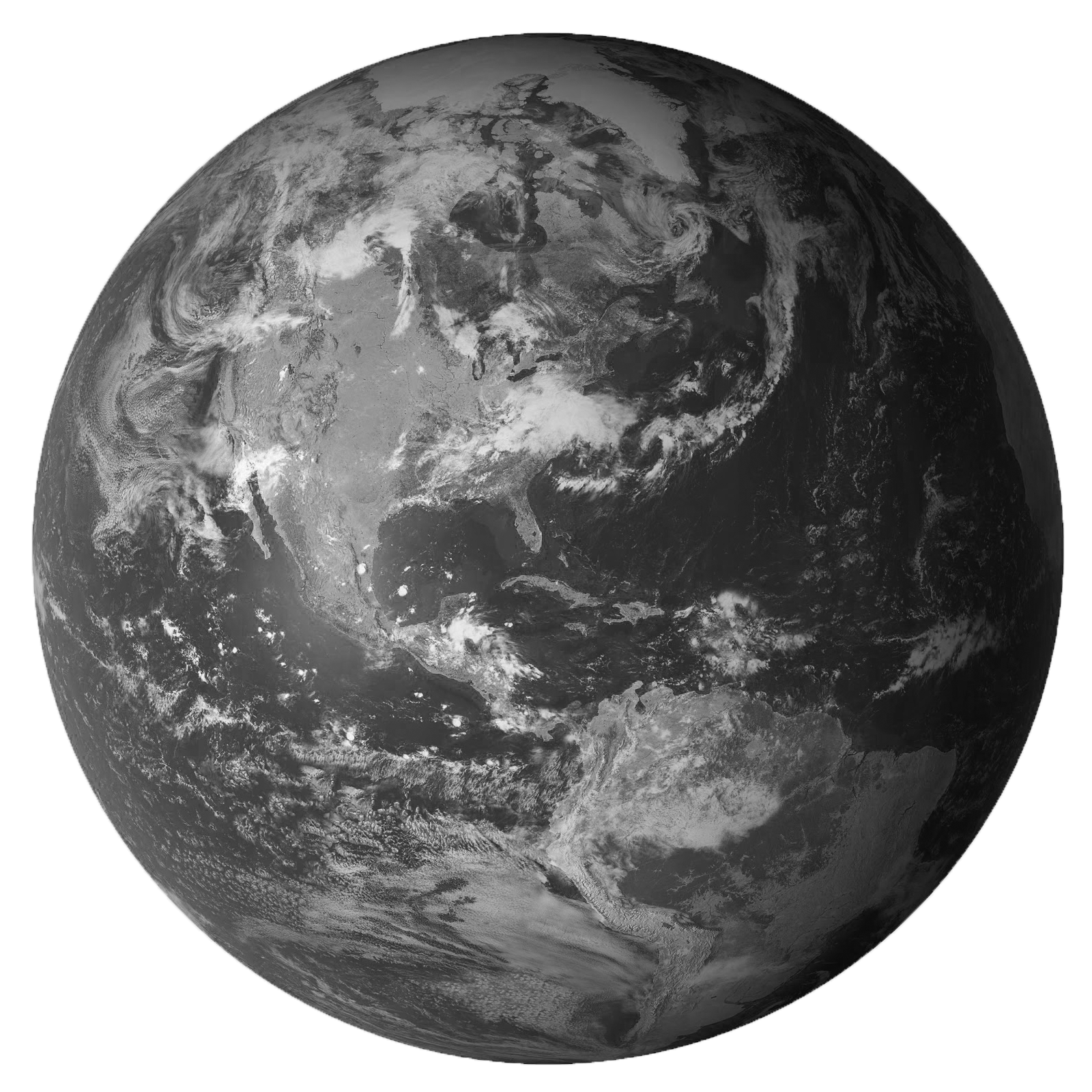

We know, that the Earth's surface is divided into 24 time zones, where the local time changes by 1 hour passing the border of each zone.
Each time zone occupies 15° of the earth's surface (which, by the way, is actually not so round). Greenwich Meridian is used as the middle Meridian of the zero time.
The reference point of time in all other time zones until 1972 was the Greenwich Royal Observatory, which is located in (surprise!) Greenwich. Today, the coordinated universal time, UTC, is used in all navigators, information systems and in every smartphone. Thus, the New Year can formally be celebrated 24 times, if you have time to fly around the Earth, while it makes a complete turn around its axis.

If you understand this issue deeply enough, you can find a lot of interesting nuances and write a whole scientific work (but there's no need, because it has already been done, and more than once).
We will just try to tell about the key scientific discoveries that made our New Year as the one we are used to celebrate.
We will just try to tell about the key scientific discoveries that made our New Year as the one we are used to celebrate.







Christmas tree perhaps is the most important attribute of the festive season.
The very tradition of using the evergreen tree came to us (suddenly) from Germany, where theatrical performances were arranged on Christmas night. The spruce was the symbol of the tree of Paradise and reminded us of the fall from grace.
The tradition came to Russia on the eve of 1700 with the decree of Peter I, when the Emperor moved the celebration of the New year from September to December and introduced European traditions of celebration - fireworks and Christmas trees.
The very tradition of using the evergreen tree came to us (suddenly) from Germany, where theatrical performances were arranged on Christmas night. The spruce was the symbol of the tree of Paradise and reminded us of the fall from grace.
The tradition came to Russia on the eve of 1700 with the decree of Peter I, when the Emperor moved the celebration of the New year from September to December and introduced European traditions of celebration - fireworks and Christmas trees.

1. Christmas tree
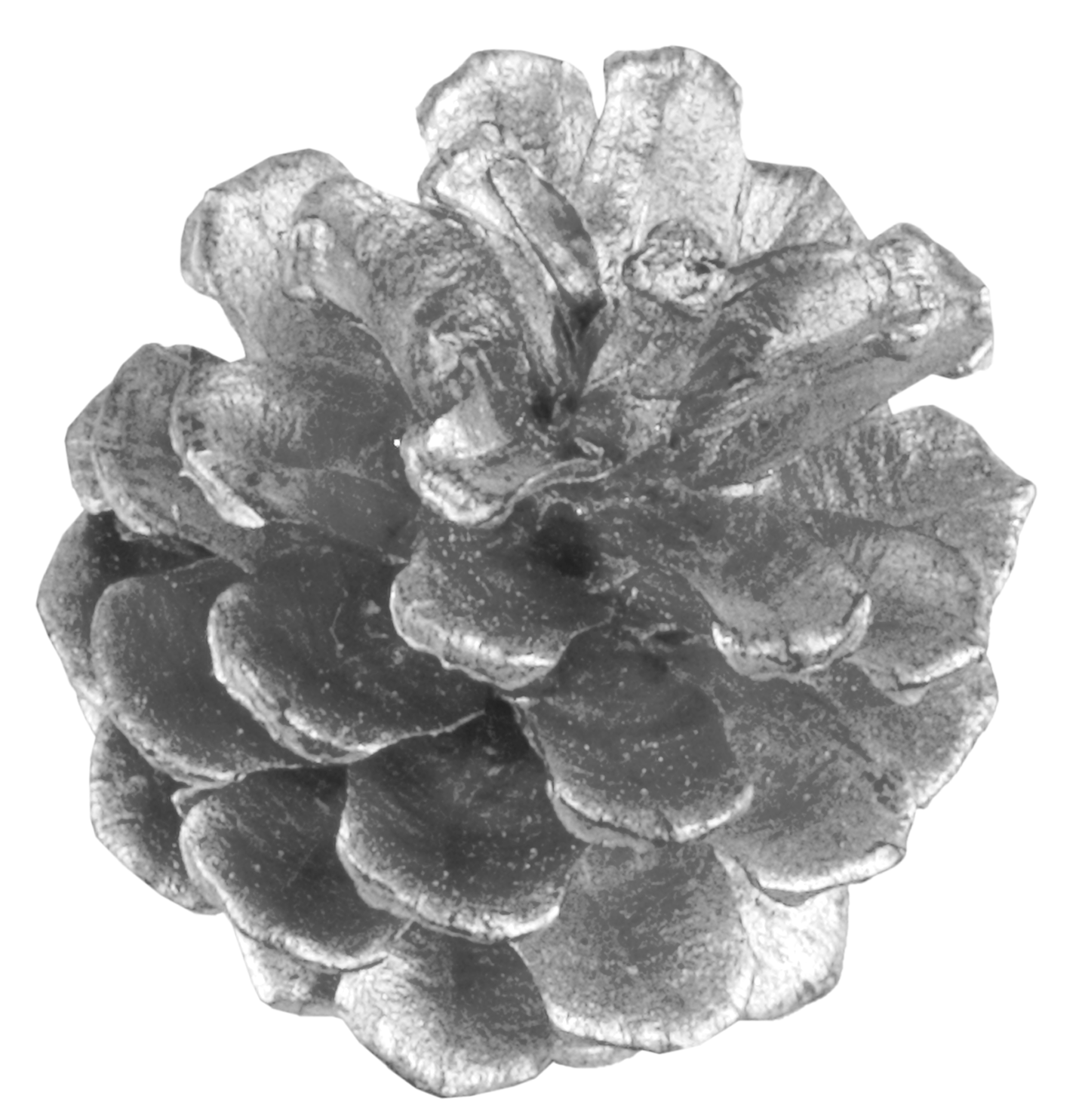
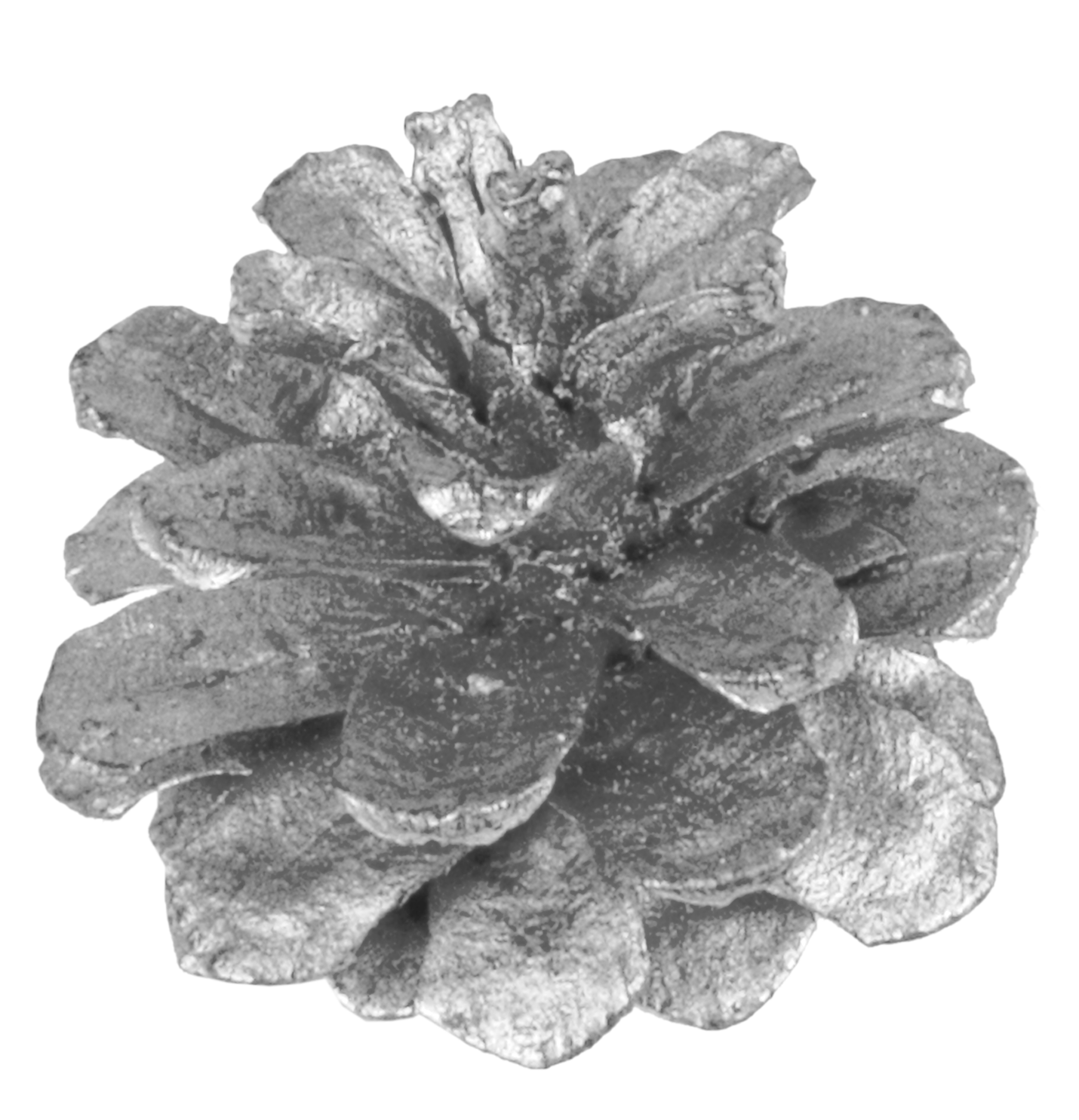
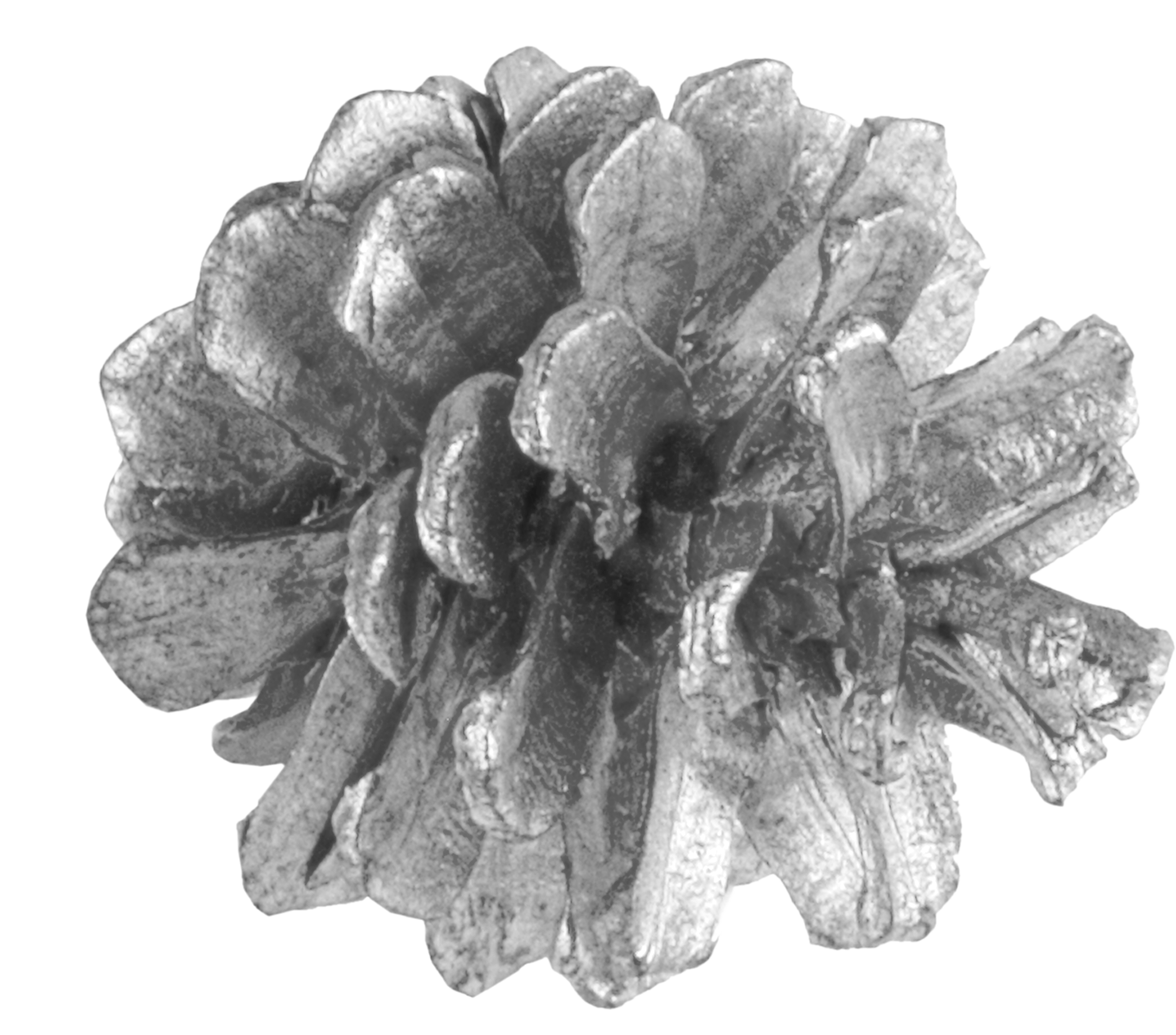



Here's what science has done so that the Christmas tree could garnish homes of millions of people:

In 1859, the German scientist Justus von Liebig developed the theory of mineral nutrition of plants, which became the basis of modern agriculture.
The scientist argued that potassium, nitrogen, and phosphorus can significantly increase the yield of most crops.
And it turned out that he was absolutely right. However, people decided to apply his theory only a few decades later, when the economy gained enough power to realize, that organic fertilizers cost large industries much more.
The scientist argued that potassium, nitrogen, and phosphorus can significantly increase the yield of most crops.
And it turned out that he was absolutely right. However, people decided to apply his theory only a few decades later, when the economy gained enough power to realize, that organic fertilizers cost large industries much more.
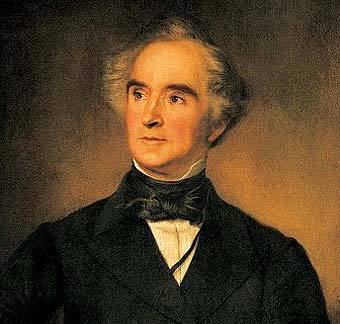
K
N
P
In the early years of XX century a new science was finally formed. It resolves an issue of how to create new and improve existing animal breeds, varieties of plants, strains of microorganisms. This science was named Selection, and back then it was based on so-called artificial selection (they just took the most beautiful Christmas trees and planted them).
Today, breeding has gone very far thanks to genetic engineering — a set of techniques, methods, and technologies for manipulating genes and obtaining new varieties of plants (animal species, etc.).
So you can be sure, that your tree is most likely GMO if you did not cut it in the forest!
However, there is nothing wrong and terrible about it. Thanks to selection your Christmas trees smell delicious, stand for a long time and almost do not ruin the floor with a huge pile of pines.
Today, breeding has gone very far thanks to genetic engineering — a set of techniques, methods, and technologies for manipulating genes and obtaining new varieties of plants (animal species, etc.).
So you can be sure, that your tree is most likely GMO if you did not cut it in the forest!
However, there is nothing wrong and terrible about it. Thanks to selection your Christmas trees smell delicious, stand for a long time and almost do not ruin the floor with a huge pile of pines.

GMO

Did you know that in Germany in the XVII century, when tinsel first appeared, it was made of real thinly sliced silver?
It was impractical enough, though: the silver was tarnished because of the candle smoke and it was quite expensive. In addition to silver, a mixture of lead and tin, plain tin wires, and silvered copper were later used as tinsel material.
Today, tinsel is made in several ways. For example, from flattened to a thin brass strip or copper wire, this tinsel is called 'Plushenko' in Russia. Another way is when tinsel made of aluminum foil coated with varnish, or painted polymer film.
And icicles were the prototype of this Christmas decoration!
It was impractical enough, though: the silver was tarnished because of the candle smoke and it was quite expensive. In addition to silver, a mixture of lead and tin, plain tin wires, and silvered copper were later used as tinsel material.
Today, tinsel is made in several ways. For example, from flattened to a thin brass strip or copper wire, this tinsel is called 'Plushenko' in Russia. Another way is when tinsel made of aluminum foil coated with varnish, or painted polymer film.
And icicles were the prototype of this Christmas decoration!
2. Tinsel



Back in 1907 the British experimenter Henry Round noticed that taking two dissimilar conductors and putting a current through them will result in a weak glow at the point of contact of these two materials — the electroluminescence of a semiconductor transition.
Later, in 1923, the same experiments were independently conducted by Oleg Losev.
Later, in 1923, the same experiments were independently conducted by Oleg Losev.
3. LED lights


In the 60s, thanks to the development of Texas Instruments and General Electric the industrial production of LEDs as independent light sources began. Up until 1968, LEDs remained extremely expensive (about $200 a piece), and their practical use was limited.
In addition, scientists and engineers could not come up with a way to make a blue LED for a very long time (several decades after the beginning of industrial production of LEDs of other colors).
The blue LED was very lacking in a bunch of RGB to create full-fledged LED panels. However, the Japanese engineer Shuji Nakamura returned to this problem and as a result developed a completely new technology that allowed not only to get the LEDs of the much-desired blue color but also to significantly increase the brightness of the light emitted by these semiconductor devices.
In addition, scientists and engineers could not come up with a way to make a blue LED for a very long time (several decades after the beginning of industrial production of LEDs of other colors).
The blue LED was very lacking in a bunch of RGB to create full-fledged LED panels. However, the Japanese engineer Shuji Nakamura returned to this problem and as a result developed a completely new technology that allowed not only to get the LEDs of the much-desired blue color but also to significantly increase the brightness of the light emitted by these semiconductor devices.
Today, LEDs are both cheap and environmentally friendly sources of artificial lighting. Absolutely everyone can afford LED lights for the Christmas tree.








The first Christmas tree decorations in Russia were designed in order to demonstrate the abundance and wealth of the house, so Christmas trees were decorated with burning candles, apples and dough products.
4. Glass decorations


And the first glass decorations: balls, beads, spherical mirror objects in the form of searchlights and icicles appeared on Russian Christmas trees only in the middle of the XIX century. They were heavier than modern ones because they were made of thick mirrored glass. Besides, such decorations were very expensive.
Therefore, in Russia people decided to dress up the spruce with women's jewelry-glass beads. They were made by the whole family: small balls were blown by master glassblowers, women painted beads, and children strung them on a thread.
In the war years on the Christmas tree aircraft tanks, Stalin's armored cars there were hanging. They also made figures from military shoulder straps and improvised materials, such as medical bandages. Only after 1947 the production of decorations on the "peaceful" theme began: Christmas trees were decorated with fairy-tale characters, forest animals, fruits and vegetables.
Therefore, in Russia people decided to dress up the spruce with women's jewelry-glass beads. They were made by the whole family: small balls were blown by master glassblowers, women painted beads, and children strung them on a thread.
In the war years on the Christmas tree aircraft tanks, Stalin's armored cars there were hanging. They also made figures from military shoulder straps and improvised materials, such as medical bandages. Only after 1947 the production of decorations on the "peaceful" theme began: Christmas trees were decorated with fairy-tale characters, forest animals, fruits and vegetables.









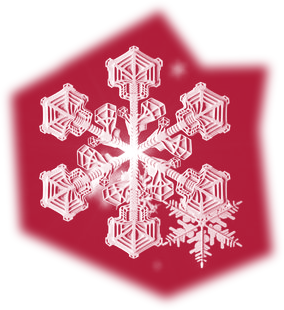



The tradition of giving gifts for the New year world was borrowed from the ancient Romans, who became pioneers in this area. Originally in Ancient Rome, this holiday was celebrated in March. Then Julius Caesar introduced the Julian calendar, so 46 BC was the first year in which the new year was celebrated in a modern way-January 1. And the month of January itself was named after the two-faced God Janus, whose one face was turned to the year past and the other to the future.
The first new year's gifts also owe their origin to the two-faced God – after all, on January 1, the Romans began exchanging coins depicting Janus. In addition to coins, people gave each other Laurel branches-symbols of happiness and good luck. Together with Laurel branches, they gave wishes of good and well-being in the New year, written on various materials-prototypes of modern Christmas cards.
The first new year's gifts also owe their origin to the two-faced God – after all, on January 1, the Romans began exchanging coins depicting Janus. In addition to coins, people gave each other Laurel branches-symbols of happiness and good luck. Together with Laurel branches, they gave wishes of good and well-being in the New year, written on various materials-prototypes of modern Christmas cards.
5. Presents







A little bit later, people stopped being limited to coins and Laurel branches and began to give their loved one's presents of various contents. But as on this day it was customary for slaves and their owners to walk and have fun together, the gifts for the New year began to give each other people of different classes.
In order not to stop there, the ancient Romans began to give gifts even to the Emperor, and at first, these offerings were voluntary, but later the Emperor began to demand them from his subjects. But Caligula on the eve of the new year holidays went to the Palace square, and not only accepted the offerings, but also wrote down who gave how much.
In order not to stop there, the ancient Romans began to give gifts even to the Emperor, and at first, these offerings were voluntary, but later the Emperor began to demand them from his subjects. But Caligula on the eve of the new year holidays went to the Palace square, and not only accepted the offerings, but also wrote down who gave how much.
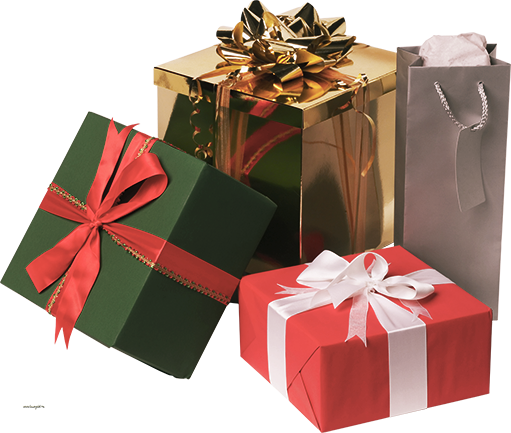
The Creator of the glass snowball, Erwin Percy, was about to create a light amplifier for candles when he was engaged in the production of surgical instruments.
Reflective particles were added to the flask of water, which resembled snowfall. Inspired by this spectacle, he founded a family business in Vienna, which today produces glass snowballs. In the manufacture of modern glass snowballs, there are used water and glycerin.
The density of water is 1 g / cm3, and glycerol-1.26 g / cm3. Glycerol dissolves well in water, but at the same time heat is released and there is a contraction-a decrease in the volume of the solution.
Thus, glycerin is needed to give "viscosity" to the water so that the snowflakes fall slowly. The more glycerol in the mixture, the longer they stay afloat.
Of course, the speed of snowfall depends on the size of the snowflakes themselves. Sequins are often used, but the main material is plastic.
Reflective particles were added to the flask of water, which resembled snowfall. Inspired by this spectacle, he founded a family business in Vienna, which today produces glass snowballs. In the manufacture of modern glass snowballs, there are used water and glycerin.
The density of water is 1 g / cm3, and glycerol-1.26 g / cm3. Glycerol dissolves well in water, but at the same time heat is released and there is a contraction-a decrease in the volume of the solution.
Thus, glycerin is needed to give "viscosity" to the water so that the snowflakes fall slowly. The more glycerol in the mixture, the longer they stay afloat.
Of course, the speed of snowfall depends on the size of the snowflakes themselves. Sequins are often used, but the main material is plastic.
6. Glass snowball













7. Fridge

On the first of January, this object becomes the center of universal attraction.
Until 1850, all refrigerators worked on the principle of an isolated chamber, covered with ice, until the American doctor John Gorey came up with the idea of creating an artificial cold. In his invention, he used compression cycle technology, which is used in modern refrigerators up to this day.
Later his technology was several times refined and remade thanks to the inventions of the absorption refrigeration machine, the compressor, which used ammonia, the principle of the heat pump, as well as the refrigerant freon, which has been used in all household refrigerators since 1930.
Ironically, in 1926, Leo Szilard and his teacher proposed a variant of the design of the absorption refrigerator. And this teacher was Albert Einstein, and this refrigerator was called Einstein's.
Until 1850, all refrigerators worked on the principle of an isolated chamber, covered with ice, until the American doctor John Gorey came up with the idea of creating an artificial cold. In his invention, he used compression cycle technology, which is used in modern refrigerators up to this day.
Later his technology was several times refined and remade thanks to the inventions of the absorption refrigeration machine, the compressor, which used ammonia, the principle of the heat pump, as well as the refrigerant freon, which has been used in all household refrigerators since 1930.
Ironically, in 1926, Leo Szilard and his teacher proposed a variant of the design of the absorption refrigerator. And this teacher was Albert Einstein, and this refrigerator was called Einstein's.


9. Tangerines
8. Long shelf-life
of products
of products

And there bacteria help us on the contrary, making sparkling wine so sparkling. During the fermentation (a biochemical process based on redox transformations of organic compounds by bacteria under anaerobic conditions), a large amount of carbon dioxide is released (not to be confused with carbonation, where the liquid is saturated with gas artificially).
The fermentation process takes place in a closed bottle, and the resulting gas creates pressure inside of 5 to 6 atmospheres (2.5-3 atmospheres for Prosecco), which is about twice the pressure in a car tire.
The fermentation process takes place in a closed bottle, and the resulting gas creates pressure inside of 5 to 6 atmospheres (2.5-3 atmospheres for Prosecco), which is about twice the pressure in a car tire.
12. Sparkling wine

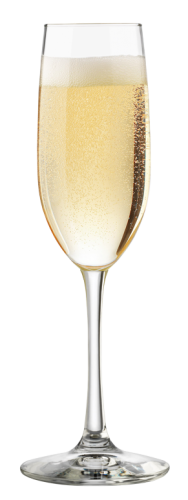
What does the pulp of tangerine contain? It contains sugars, organic acids (eg, citric), vitamins (thiamine, riboflavin, ascorbic acid, rutin) and phytoncides-active substances that inhibit the growth and development of bacteria. And the peel of tangerine contains essential tangerine oil and vitamin-pigment, which mandarin skin owes its color.
And why tangerines have become an attribute of the new year's table? The fact is that the bulk of these fruits are grown in Turkey and Morocco, where the trees begin to bloom in the spring, and the fruits ripen from seven to nine months. And those tangerines that hit the shelves from May to August are grown in the southern hemisphere.
Moreover, tangerines are not only delicious but at the same time good for health. Scientists have proven that the aroma of these fruits helps to relieve stress, improves mood, invigorates and inspires. In addition, tangerines help the liver to break down toxins and protect it, reduce the level of harmful cholesterol in the blood and can help in the prevention of cancer: scientists from the U.S. found in the composition of tangerines anti-cancer substance salvestrol Q40.
And why tangerines have become an attribute of the new year's table? The fact is that the bulk of these fruits are grown in Turkey and Morocco, where the trees begin to bloom in the spring, and the fruits ripen from seven to nine months. And those tangerines that hit the shelves from May to August are grown in the southern hemisphere.
Moreover, tangerines are not only delicious but at the same time good for health. Scientists have proven that the aroma of these fruits helps to relieve stress, improves mood, invigorates and inspires. In addition, tangerines help the liver to break down toxins and protect it, reduce the level of harmful cholesterol in the blood and can help in the prevention of cancer: scientists from the U.S. found in the composition of tangerines anti-cancer substance salvestrol Q40.
10. Mayonnaise
The exact place and time of the invention of mayonnaise are not known for certain. It is likely that this sauce appeared independently in several regions of the Mediterranean, where olive oil and eggs were widely distributed. There is also a chance that mayonnaise came from Aioli sauce, consisting of garlic, ground with olive oil.
What is mayonnaise made of? It consists of vegetable oil, egg yolk, vinegar, lemon juice, salt, sugar, mustard and other seasonings. In industrial mayonnaise, refined oils are used, and milk and eggs are added in powder form.
There is a legend that mayonnaise can be used as a thermal paste for the computer. However, during the actual experiment, the computer was able to work with edible thermal paste only for 12 days. And with the help of mayonnaise, you can remove the stain from the fuel oil.
What is mayonnaise made of? It consists of vegetable oil, egg yolk, vinegar, lemon juice, salt, sugar, mustard and other seasonings. In industrial mayonnaise, refined oils are used, and milk and eggs are added in powder form.
There is a legend that mayonnaise can be used as a thermal paste for the computer. However, during the actual experiment, the computer was able to work with edible thermal paste only for 12 days. And with the help of mayonnaise, you can remove the stain from the fuel oil.

11. Fish in aspic
and jellied meat
and jellied meat
The jelly itself, which is a part of fish in aspic and jellied meet, is a so-called colloidal solution, which when solidified turns into jelly. What is jelly?
These are homogeneous systems (the homogeneous systems whose components cannot be separated mechanically) filled with a liquid. The framework of the jelly is formed by molecules of high-molecular compounds.
The main difference between jelly and aspic is that it is not necessary to add gelatin when cooking jelly. Meat jelly is prepared by boiling gelatin from calves' legs and heads.
The first mention of the jelly is found in Domostroy, a book of teachings and instructions, dating back to the XVI century. However, it is almost certain that the jelly was invented much earlier, after the accidental freezing of beef broth.
The jelly is recommended to serve with horseradish or mustard.
These are homogeneous systems (the homogeneous systems whose components cannot be separated mechanically) filled with a liquid. The framework of the jelly is formed by molecules of high-molecular compounds.
The main difference between jelly and aspic is that it is not necessary to add gelatin when cooking jelly. Meat jelly is prepared by boiling gelatin from calves' legs and heads.
The first mention of the jelly is found in Domostroy, a book of teachings and instructions, dating back to the XVI century. However, it is almost certain that the jelly was invented much earlier, after the accidental freezing of beef broth.
The jelly is recommended to serve with horseradish or mustard.


For Russians, the tradition of burning a piece of paper with a recorded wish and drinking champagne with ashes is quite new. It gained popularity after the film "Christmas Trees", released in 2010.
Fans make a wish in this way, doctors advise choosing ordinary white paper, as harmful impurities can be in the color. But ash also contains calcium, magnesium, potassium and phosphorus-the problem is that these trace elements are useful as fertilizers. In General, the amount of ash is too small to have any effect on the body. However, even this amount can cause poisoning in rare cases.
Fans make a wish in this way, doctors advise choosing ordinary white paper, as harmful impurities can be in the color. But ash also contains calcium, magnesium, potassium and phosphorus-the problem is that these trace elements are useful as fertilizers. In General, the amount of ash is too small to have any effect on the body. However, even this amount can cause poisoning in rare cases.
13. Making a wish









Another important problem that humanity has been struggling with for a long time is the increase in the shelf life of products.
And the main enemy there are the microorganisms that s these products. In order to suppress the activity of bacteria and microbes, people have come up with many ways known to us since childhood. The simplest and most common are salting, pickling and candying.
In a strong alkaline or acidic environment, microorganisms either feel extremely bad (as we all do at the end of the year) or are not able to survive at all. In addition to the usual salt, sugar and bite in the industry are also used food preservatives (the same E letters in the list of ingredients).
Another method of combating microorganisms, oddly enough, is to reduce the water content: drying, gelling, smoking.
But that's not all. To prevent these microorganisms from appearing in products, you can limit their access to the product. In order to do this, scientists have come up with sealed and vacuum packaging, replacing the oxygen atmosphere with gas (mostly inert). The following method is associated with critical temperatures (high and low). This can include sterilization, pasteurization (by the way, this is one of the two terms bearing the name of the scientist, Louis Pasteur, the second — Plato and Platonic love), as well as simple cooling or freezing. Finally, the irradiation of the product with x-rays or gamma radiation can help to the defeat the microorganisms or other useful bacteria that prevent the development of "competitors" (thus, for example, people make cheese, where the bacteria that formed it, prevent the development of other microorganisms in it).
And the main enemy there are the microorganisms that s these products. In order to suppress the activity of bacteria and microbes, people have come up with many ways known to us since childhood. The simplest and most common are salting, pickling and candying.
In a strong alkaline or acidic environment, microorganisms either feel extremely bad (as we all do at the end of the year) or are not able to survive at all. In addition to the usual salt, sugar and bite in the industry are also used food preservatives (the same E letters in the list of ingredients).
Another method of combating microorganisms, oddly enough, is to reduce the water content: drying, gelling, smoking.
But that's not all. To prevent these microorganisms from appearing in products, you can limit their access to the product. In order to do this, scientists have come up with sealed and vacuum packaging, replacing the oxygen atmosphere with gas (mostly inert). The following method is associated with critical temperatures (high and low). This can include sterilization, pasteurization (by the way, this is one of the two terms bearing the name of the scientist, Louis Pasteur, the second — Plato and Platonic love), as well as simple cooling or freezing. Finally, the irradiation of the product with x-rays or gamma radiation can help to the defeat the microorganisms or other useful bacteria that prevent the development of "competitors" (thus, for example, people make cheese, where the bacteria that formed it, prevent the development of other microorganisms in it).

That is why at the opening of the bottle, the cork is so actively torn out and can reach a speed of up to 100 km / h.
And the bubbles that appear in the glass are the subject of separate interest. In one bottle of champagne locked 10 million bubbles. Reaching the surface of the wine, these bubbles explode (a phenomenon called "Worthington jet"). The bubble rises to the surface and bursts, creating a micro-crater on it. Shrinking, this crater spews a trickle of champagne, which is scattered on the smallest drops, rising to a height of 10 centimeters from the surface. These same bubbles are filled with "surface-active" molecules, among them there are hundreds of aromatic ones, creating a cloud of aroma over a glass of champagne.
In addition, scientists have found out why streams of champagne bubbles rise from certain points of the glass. This is due to contact with the walls of the glass microscopic villi from the kitchen towel when rubbing and other random particles falling into the glass from the surrounding space. Molecules of carbon dioxide going into these microparticles and coalesce and form the bubbles.
And the bubbles that appear in the glass are the subject of separate interest. In one bottle of champagne locked 10 million bubbles. Reaching the surface of the wine, these bubbles explode (a phenomenon called "Worthington jet"). The bubble rises to the surface and bursts, creating a micro-crater on it. Shrinking, this crater spews a trickle of champagne, which is scattered on the smallest drops, rising to a height of 10 centimeters from the surface. These same bubbles are filled with "surface-active" molecules, among them there are hundreds of aromatic ones, creating a cloud of aroma over a glass of champagne.
In addition, scientists have found out why streams of champagne bubbles rise from certain points of the glass. This is due to contact with the walls of the glass microscopic villi from the kitchen towel when rubbing and other random particles falling into the glass from the surrounding space. Molecules of carbon dioxide going into these microparticles and coalesce and form the bubbles.

(Russian traditional food)
The American company Western Television began to produce the first serial television receivers "Visionette" in 1929. The image on these TVs was no larger than a postage stamp and the quality of the image hardly allowed to distinguish the faces of people in close-ups.
Mass television first began to be produced in Germany in 1934, at the same time began regular broadcasting of the TV station DFR ("German television broadcasting"). And in the USSR production television receivers set on the flow of after the war, in particular, famous TV "KVN-49" was launched in production in 1949.
And why TVs were such "pot-bellied" for a long time, and only in the middle of zero "lost weight"? It's all about different imaging technologies. Until 2007, the vast majority of televisions were kinescope, it means they converted an electrical signal into light using cathode ray tubes. Inside these tubes is an electron gun, bombarding electrons screen covered with phosphor-a substance that glows when hit by a beam of electrons. In color kinescopes there are three guns (red, green and blue), and the screen is applied to the three corresponding types of phosphor, which when combined create a multi-colored image.
In flat liquid crystal displays, instead of a phosphor, a matrix is used - a flat package of glass plates, between which liquid crystals are located. The matrix is illuminated from the inside, the light passing through it illuminates the sub-pixels with different colors using color filters (the same combination of red, green and blue). The sub-pixels are so close together that their colors are mixed, and depending on the brightness of each of them, we get a certain color.
At the moment, TVs based on OLED technology are beginning to spread. The screens of these televisions are using organic light-emitting diodes.
Mass television first began to be produced in Germany in 1934, at the same time began regular broadcasting of the TV station DFR ("German television broadcasting"). And in the USSR production television receivers set on the flow of after the war, in particular, famous TV "KVN-49" was launched in production in 1949.
And why TVs were such "pot-bellied" for a long time, and only in the middle of zero "lost weight"? It's all about different imaging technologies. Until 2007, the vast majority of televisions were kinescope, it means they converted an electrical signal into light using cathode ray tubes. Inside these tubes is an electron gun, bombarding electrons screen covered with phosphor-a substance that glows when hit by a beam of electrons. In color kinescopes there are three guns (red, green and blue), and the screen is applied to the three corresponding types of phosphor, which when combined create a multi-colored image.
In flat liquid crystal displays, instead of a phosphor, a matrix is used - a flat package of glass plates, between which liquid crystals are located. The matrix is illuminated from the inside, the light passing through it illuminates the sub-pixels with different colors using color filters (the same combination of red, green and blue). The sub-pixels are so close together that their colors are mixed, and depending on the brightness of each of them, we get a certain color.
At the moment, TVs based on OLED technology are beginning to spread. The screens of these televisions are using organic light-emitting diodes.
14. TV







In Russia, the first address to the nation via television and radio in the history of the USSR is considered to be New Year's greetings to explorers from the Chairman of the CEC of the USSR Mikhail Kalinin, broadcast on 31 December 1935.
On the eve of 1971, Leonid Brezhnev began the history of the New Year's television addresses of the Head of State. In 1979 people watched the first broadcast a few minutes before midnight for the first time.
Interestingly, in the nineties, New Year greetings on Federal channels, in addition to President Yeltsin, managed to make satirist Mikhail Zadornov (in 1991), President of JSC " MMM " Sergey Mavrodi (in 1994) and singer Alla Pugacheva (in 1995). And on December 31, 1999, because of the political situation in the country, a double address was broadcast: first, the retiring Boris Yeltsin, and then the acting President Vladimir Putin.
Of course, the President's address is not a live broadcast.
The recording of the new year's address until 2017 in some regions of Russia due to the difference in time zones was broadcast at different times. For example, in Kamchatka, the appeal was shown after the new year, at 0: 55. On December 31, 2017, the appeal was shown for the first time taking into account local time.
On the eve of 1971, Leonid Brezhnev began the history of the New Year's television addresses of the Head of State. In 1979 people watched the first broadcast a few minutes before midnight for the first time.
Interestingly, in the nineties, New Year greetings on Federal channels, in addition to President Yeltsin, managed to make satirist Mikhail Zadornov (in 1991), President of JSC " MMM " Sergey Mavrodi (in 1994) and singer Alla Pugacheva (in 1995). And on December 31, 1999, because of the political situation in the country, a double address was broadcast: first, the retiring Boris Yeltsin, and then the acting President Vladimir Putin.
Of course, the President's address is not a live broadcast.
The recording of the new year's address until 2017 in some regions of Russia due to the difference in time zones was broadcast at different times. For example, in Kamchatka, the appeal was shown after the new year, at 0: 55. On December 31, 2017, the appeal was shown for the first time taking into account local time.


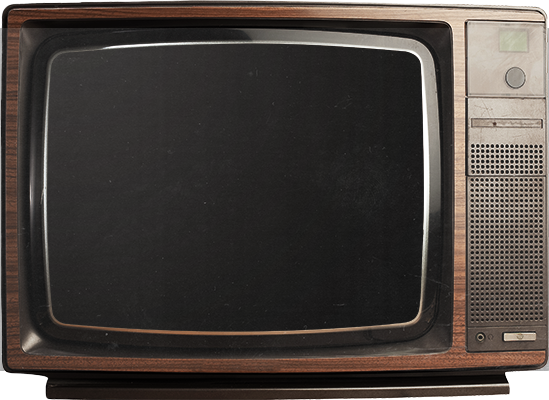
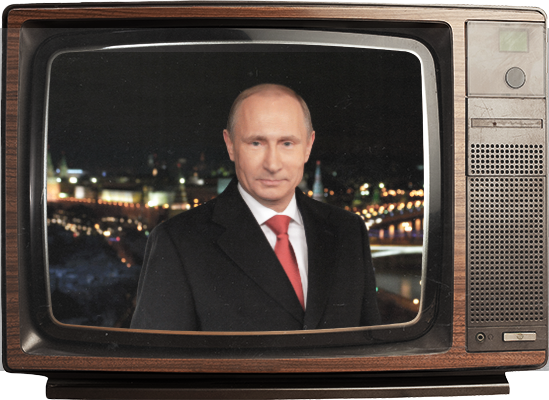
15. President's
New Year's
address
New Year's
address
The chimes on the Spasskaya Tower of the Kremlin are among the oldest in the world. The first clock was installed there in the XV century, and those that are used now, appeared in 1852, after the reconstruction of watchmakers brothers Butenopami.
At the moment, The Kremlin chimes are the only fully mechanical clocks in the world, they have been working in the same mode for more than 150 years. The mechanism of the watch weighs 25 tons and consists of several thousand parts. The accuracy of the course provides a pendulum weighing 32 kilograms. The hands are powered by three weights from 160 to 224 kilograms.
It is curious that the New year comes not during the first stroke of the bell, as is commonly believed, but 20 seconds before it, during the beginning of the chiming of the chimes.
At the moment, The Kremlin chimes are the only fully mechanical clocks in the world, they have been working in the same mode for more than 150 years. The mechanism of the watch weighs 25 tons and consists of several thousand parts. The accuracy of the course provides a pendulum weighing 32 kilograms. The hands are powered by three weights from 160 to 224 kilograms.
It is curious that the New year comes not during the first stroke of the bell, as is commonly believed, but 20 seconds before it, during the beginning of the chiming of the chimes.
16. Chimes

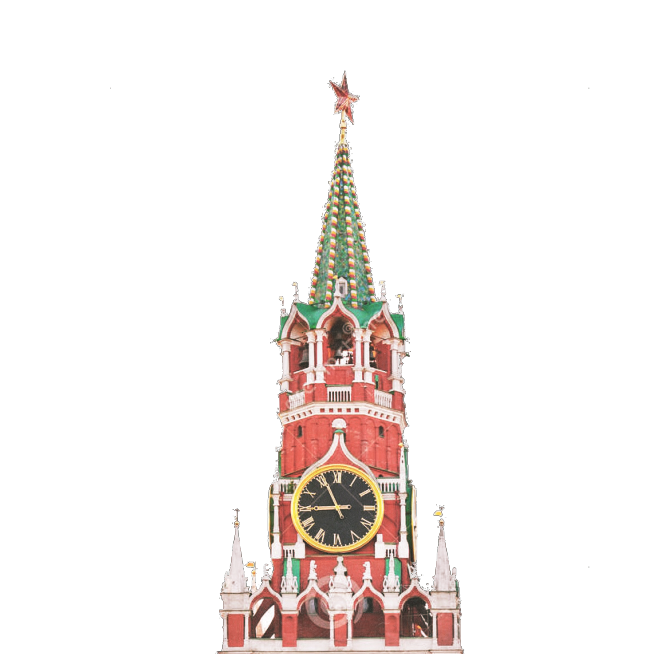





18. Sparkler
or Bengal fire
or Bengal fire
Bengal fire got its name from the province of India, Bengal, where this pyrotechnic product was first used for light signaling.
Sparkler's structure is very simple: a wire with a length of about 20 centimeters is lowered into the combustible composition and dried. The mixture consists of barium nitric acid-oxidizer, aluminum or magnesium powder-fuel, dextrin or starch-glue and oxidized iron or steel sawdust, which give sparks.
Interestingly, burning Bengal candles occurs in a spiral around the axis of the wire. This is called the spin mode of combustion. This is because the thermal conductivity of the wire is greater than that of the fuel. The temperature of the Sparkler while burning reaches up to 1100 degrees Celsius.
Sparkler's structure is very simple: a wire with a length of about 20 centimeters is lowered into the combustible composition and dried. The mixture consists of barium nitric acid-oxidizer, aluminum or magnesium powder-fuel, dextrin or starch-glue and oxidized iron or steel sawdust, which give sparks.
Interestingly, burning Bengal candles occurs in a spiral around the axis of the wire. This is called the spin mode of combustion. This is because the thermal conductivity of the wire is greater than that of the fuel. The temperature of the Sparkler while burning reaches up to 1100 degrees Celsius.
19. Fireworks
Have you ever wondered what is the difference between fireworks and salute?
In everyday life, we are used to using these words as synonyms, but in fact, it is wrong. A salute is a salute from artillery or small arms. And the beautiful decorative patterns in the sky that color the sky on New Year's Eve are fireworks. But where do they come from?
A piece of firework consists of a shell, charge, high explosives with additives, gunpowder, and the wick. The body of modern fireworks usually consists of plastic. The powder explosives is laid in its center, it initiates the explosion. The central compartment is sealed to prevent the charge from mixing with the outer layer. In the outer layer fall asleep "stars" and "comets" - explosives with impurities, which gives a variety of visual effects. For example, if you add magnesium to an explosive powder, the flash will turn white, copper salts will give a blue flash and charcoal-orange. On top of the explosives to fall asleep a certain amount of gunpowder.
And how are made the shells, giving a multi-stage phased explosion? It's simple: the body has several separate compartments, each of which is responsible for its part flashes. After the wick ignites, the compartments explode sequentially.
Remember about safety when launching the fireworks! Before you light the wick, make sure that there are no houses, trees and power lines around within a radius of 100 meters, and after the cord catches fire - move away to a safe distance.
In everyday life, we are used to using these words as synonyms, but in fact, it is wrong. A salute is a salute from artillery or small arms. And the beautiful decorative patterns in the sky that color the sky on New Year's Eve are fireworks. But where do they come from?
A piece of firework consists of a shell, charge, high explosives with additives, gunpowder, and the wick. The body of modern fireworks usually consists of plastic. The powder explosives is laid in its center, it initiates the explosion. The central compartment is sealed to prevent the charge from mixing with the outer layer. In the outer layer fall asleep "stars" and "comets" - explosives with impurities, which gives a variety of visual effects. For example, if you add magnesium to an explosive powder, the flash will turn white, copper salts will give a blue flash and charcoal-orange. On top of the explosives to fall asleep a certain amount of gunpowder.
And how are made the shells, giving a multi-stage phased explosion? It's simple: the body has several separate compartments, each of which is responsible for its part flashes. After the wick ignites, the compartments explode sequentially.
Remember about safety when launching the fireworks! Before you light the wick, make sure that there are no houses, trees and power lines around within a radius of 100 meters, and after the cord catches fire - move away to a safe distance.
17. Firecracker
A firecracker is a simple pyrotechnic (sometimes mechanical) device. The body of the firecracker is made of a cardboard sleeve, to the bottom of which a rope loop is tied. At the bottom of the cracker is a pyrotechnic composition (silver fulminate, fulminate of mercury or potassium perchlorate), and in the upper - confetti or streamers. When we pull the loop, the explosive mixture detonates from the heat generated by the friction, and the contents are thrown out.
Firecrackers are in the first class of danger, the safest one, but they should not be directed at people or animals, as well as in the direction of flammable objects, remember this, young Padawan.
Firecrackers are in the first class of danger, the safest one, but they should not be directed at people or animals, as well as in the direction of flammable objects, remember this, young Padawan.
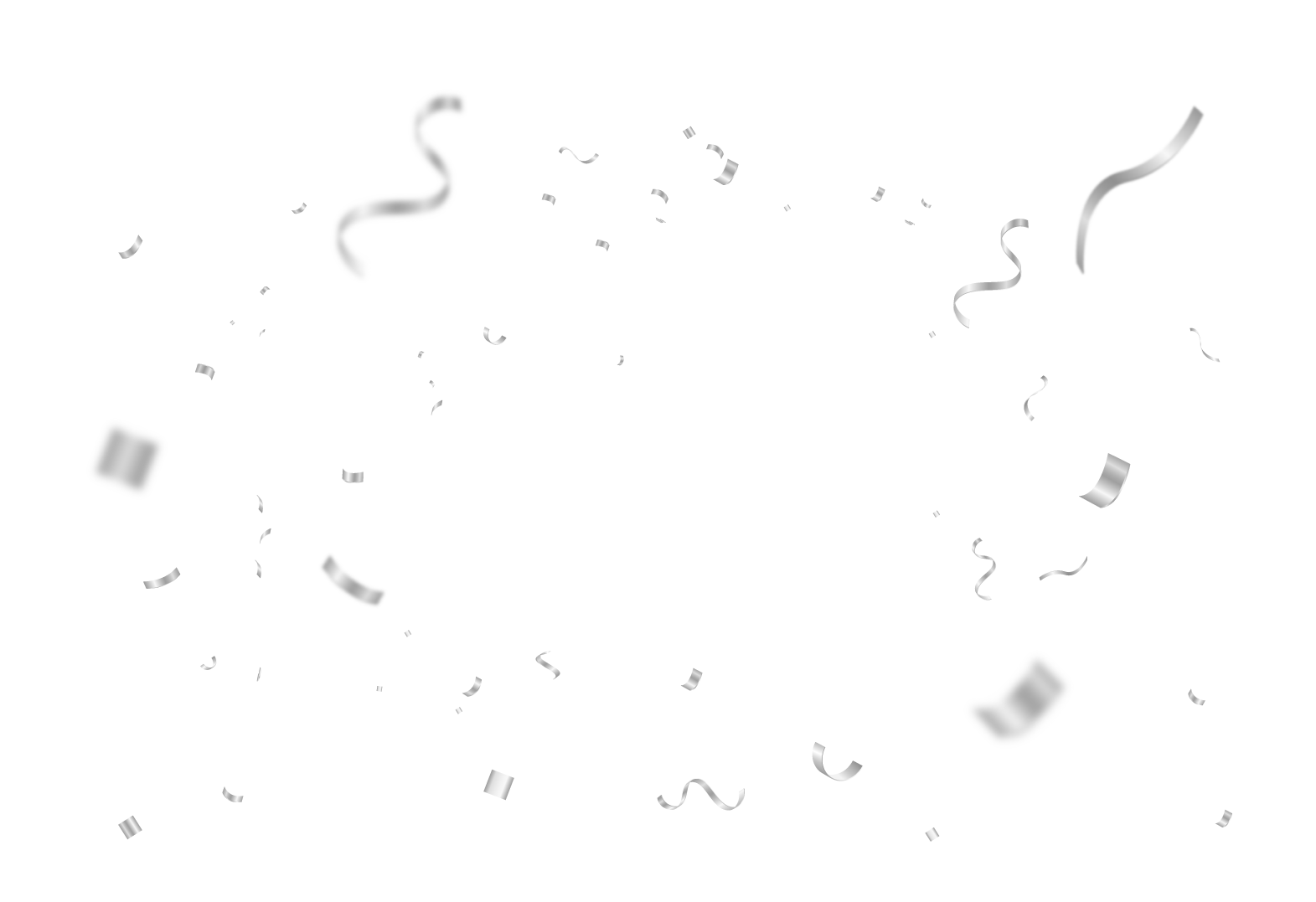

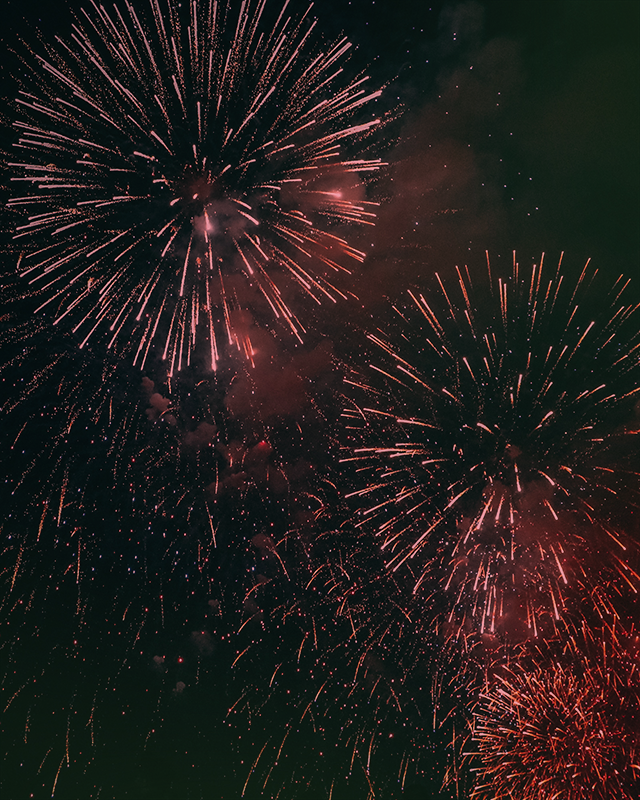






20. Snow
Well, snow is known to consist of snowflakes. Snowflakes owe their unusual shape to the conditions in which they are formed. The formation of snowflakes in the clouds begins at -15 degrees Celsius, due to the transition of gas to a solid-state.
The nucleus for the formation of snowflakes is microscopic dust particles or ice crystals on which water condenses. Because of the specific shape of the ice molecule, which looks like a tetrahedron (a pyramid with a triangular base), the possible angles with the growth of new molecules are 60 or 120 degrees, so the snowflake is formed in the form of a hexagon or needle structure. This depends on whether the molecules grow along their axis or perpendicular to it.
Why is the snow sticky at low temperatures, but not like that at high temperatures? The thing is that at a temperature of about zero snowflakes melt, connecting, the gaps between the individual pieces of ice are filled with water, the air space between the snowflakes becomes smaller, resulting in snow becomes more dense-the pressure from the outside is higher than inside. Well, at lower temperatures, snowflakes do not freeze to each other, so the snow remains loose and fluffy.
The nucleus for the formation of snowflakes is microscopic dust particles or ice crystals on which water condenses. Because of the specific shape of the ice molecule, which looks like a tetrahedron (a pyramid with a triangular base), the possible angles with the growth of new molecules are 60 or 120 degrees, so the snowflake is formed in the form of a hexagon or needle structure. This depends on whether the molecules grow along their axis or perpendicular to it.
Why is the snow sticky at low temperatures, but not like that at high temperatures? The thing is that at a temperature of about zero snowflakes melt, connecting, the gaps between the individual pieces of ice are filled with water, the air space between the snowflakes becomes smaller, resulting in snow becomes more dense-the pressure from the outside is higher than inside. Well, at lower temperatures, snowflakes do not freeze to each other, so the snow remains loose and fluffy.











